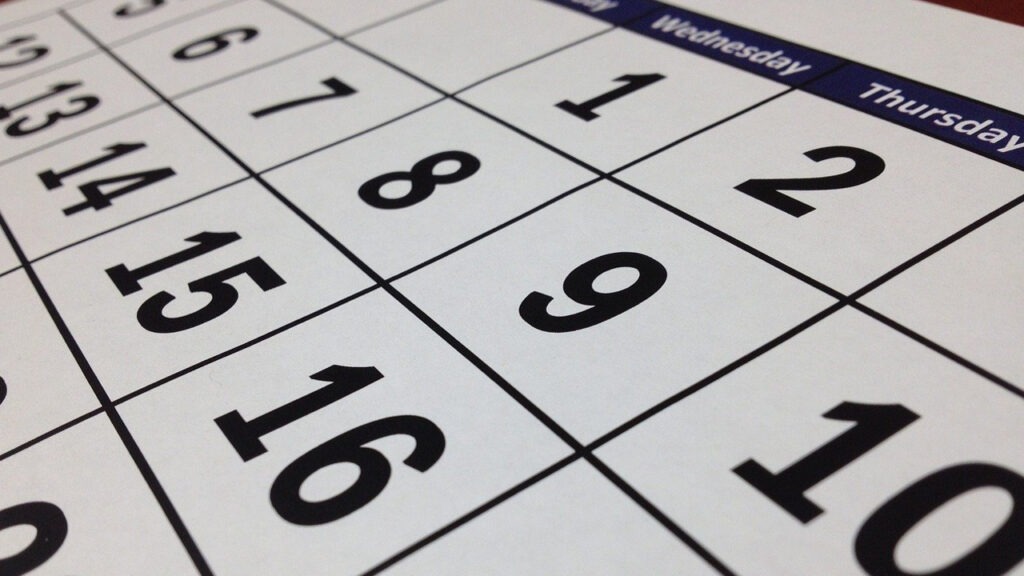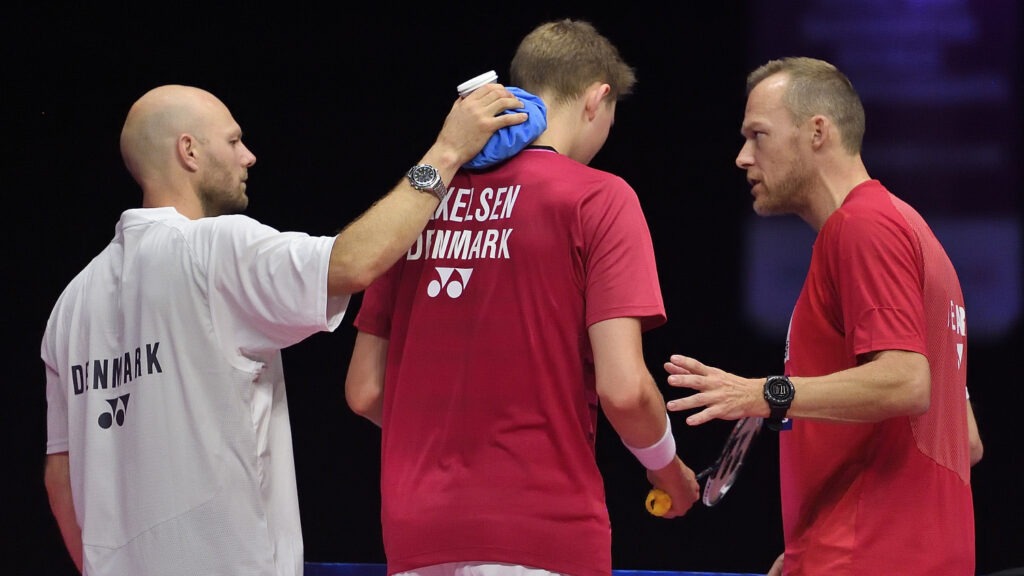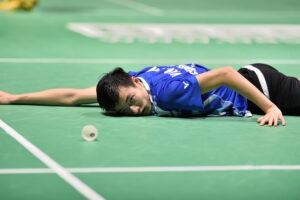After explaining the theorie behind endurance and energy supply in Part 1 and the meaning of the different energy systems for a badminton player in Part 2 I want to give you some practical ideas of how and when to train your endurance for badminton in the last part of this series. In the end you will know three different methods for training your endurance and I will also give you a full endurance program to bring you in shape for the next season.

Will running help my badminton?
This question is a big one and my answer to it is: yes and no. In the second part I described the importance of the aerobic system for our regeneration and most people think that aerobic endurance can be trained best by long running sessions with the same speed.
It is true that you can improve your basic endurance with running and it also has a lot of other beneficial effects for example on your heart and cardiovascular system or your stress levels and mental health. But in terms of aerobic training research has shown, that different kinds of interval training with a lot shorter durations in total can have the same impact or be even more beneficial for the oxydative system.
So I would recommend every badminton player to go more for interval training if they want to work on their endurance and avoid too much jogging because of three different reasons:
- Shorter sessions but similar benefits for aerobic system
- Positive impact on the aeroic and anaerobic system
- Too much long endurance running will make you slower, as your muscle fibers adapt to the slow and cyclic movement patterns

How should the intervals look like?
There are tons of options to design an interval training and always depending on the duration, density (relation of work and rest), intensity and number of rounds you will trigger different adaptions in your body. The following three areas are well researched and also offer some interessting benefits for out fitness in badminton:
- Impove your maximal oxygen consupmtion (VO²max)
- Being able to handle lactate and use it to get even more energy
- Increase the capacity of energy stores (especially of glycogen)
VO²max training
Especially in endurance sports like cycling or running the maximal oxygen comsumption is an important benchmark as it is a limiting factor for the aerobic endurance. When you experience that you are not regenerating well in between rallies or matches and that especially your breathing and you lunges are the problem during tough games this might be a good area for you to work on. A program to work on your VO²max could look like that:
| Duration | Intensity | Rest inbetween intervals | Nr. of Rounds |
| 30-60sec | 100% | 5min | 5-10x |
Being able to handle lactate and use it as “fuel“
In the first Part of this series I already wrote that lactate actually isn’t as bad as most people think. In fact your body can use lactate to generate energy to a certain degree and it only gets problematic, when you build it at a much higher rate than your body can break it down (that is the moment when your legs start to burn like crazy ;)). But in fact you can train how well your body can handle and use lactate during high intensity work:
| Duration | Intensity | Rest inbetween intervals | Nr. of Rounds |
| 4min | 70-80% | 4min (easy running) | 6-8x |
Increase glycogen capacity
Besides the first two you can also increase the capacity of your glycogen stores. Especially when you feel that your speed and power drop dramatically after a couple of hard rallies and a certain match duration it could be a sign that your glygocen stores are depleted and your body has to rely mainly on the slow aerobic system to get energy. In that case the following method to increase the stores for glycogen is a good option:
| Duration | Intensity | Rest inbetween intervals | Nr. of Rounds |
| ~10sec | 100% | ~20sec | 10-20x |
This method is very badmintonspecific if you look at the duration and breaks and it can perfectly be done on court with multi shuttle feeding (around 8-15 shuttles) or shadow training. In that case you also work your muscles in the most badminton specific way possible so for example you will also increase the muscular endurance that you need to do a lot of lunges and jumps again and again.
Another great side effect when you do multi shuttle feeding: you also hit a lot of shuttles so you will also improve your technical skills, especially when you have a certain focus point to work on simultanously.

When to train what?
So you probably ask yourself now: how should I implement these things into my training schedule? That depends on many aspects like your fitness level, your age, your usual amount of training and especially on the part of the season you are in. During periods with a lot of tournaments and matches you want to maximize your time on court, and use short and intense workouts.
So during that time, you can implement multi shuttle sessions to target your glycogen capcity (method 3), but give yourself proper rest after every session (minimum 48 hours before the next intense endurance session) and avoid those sessions before competition and tournaments.
Longer intervals and outdoor running are best placed in the off season when there are no competitions and your on court fitness doesn’t has to be at its maximum. In that period, usually during the summer, you want to build up a solid foundation for the season in terms of fitness, by starting out with training of the aerobic system with long intervals or even some normal jogging.

As I mentioned earlier slow and steady running will not have a huge impact on your on court fitness, but a good basic endurance will increase your ability to regenerate and it will also boost your immun system and eventually help you to stay healthy throughout the rest of the year. After a few weeks of basic endurance you should move slowly towards anaerobic training (methods 2 & 3) with intervals that get shorter and more intense the closer you get to the start of the season.
For that preperation phase I would recommend to use around 10 weeks, where you start out mainly outdoors or on the treadmill/bike and then gradually shift back to on court training after several weeks.
As promised here you find a complete 10 week summer training plan with suggestions for 3-4 training sessions per week to get you in shape:
So that’s it! I hope you enjoyed the series and got some ideas how you can work on your fitness and hopefully run down all your upcoming opponents!
Tobias Wadenka






